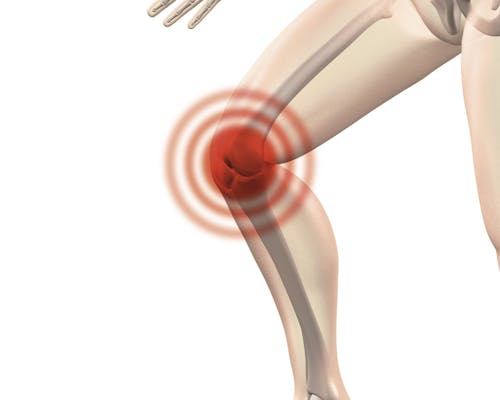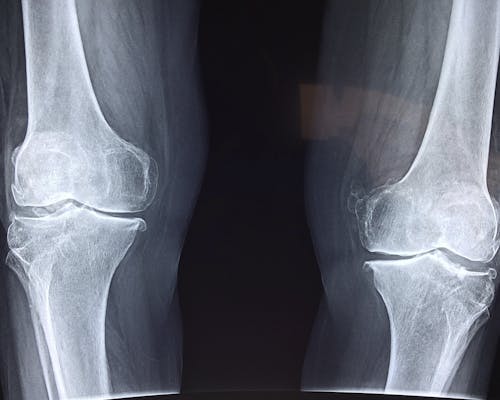

The knee joint allows you to run, walk and play sport. Awkward movements, falls and collisions, sudden twists, excessive force or overuse can result in a range of injuries to the knee joint and the structures supporting it.
Common knee injuries include ligament, tendon and cartilage tears, and patello-femoral pain syndrome.
Prompt medical attention for any knee injury increases the chances of a full recovery. Treatment options include physiotherapy, arthroscopic surgery and open surgery.
The structure of the knee
The knee is a hinge joint, situated between the thigh bone (femur) and shin bones (tibia and fibula). Contraction of the muscles on the front of the thigh (quadriceps) straightens the leg, while contraction of the muscles on the back of the thigh (the hamstrings) allows the leg to bend at the knee. The end of the femur rests in the shallow cup of the tibia, cushioned by a thick layer of cartilage.
At the front of the knee joint, the kneecap or patella sits in a groove at the lower end of the femur. The joint is further bolstered on each side by additional cartilages, which sit in between the knee joint.
The bones are held in place by tough bands of connective tissue called ligaments. The entire joint is enclosed inside a tough capsule lined with a membrane and filled with lubricating synovial fluid. Extra capsules of fluid, known as bursae, offer extra cushioning.
CONTACT US TODAY